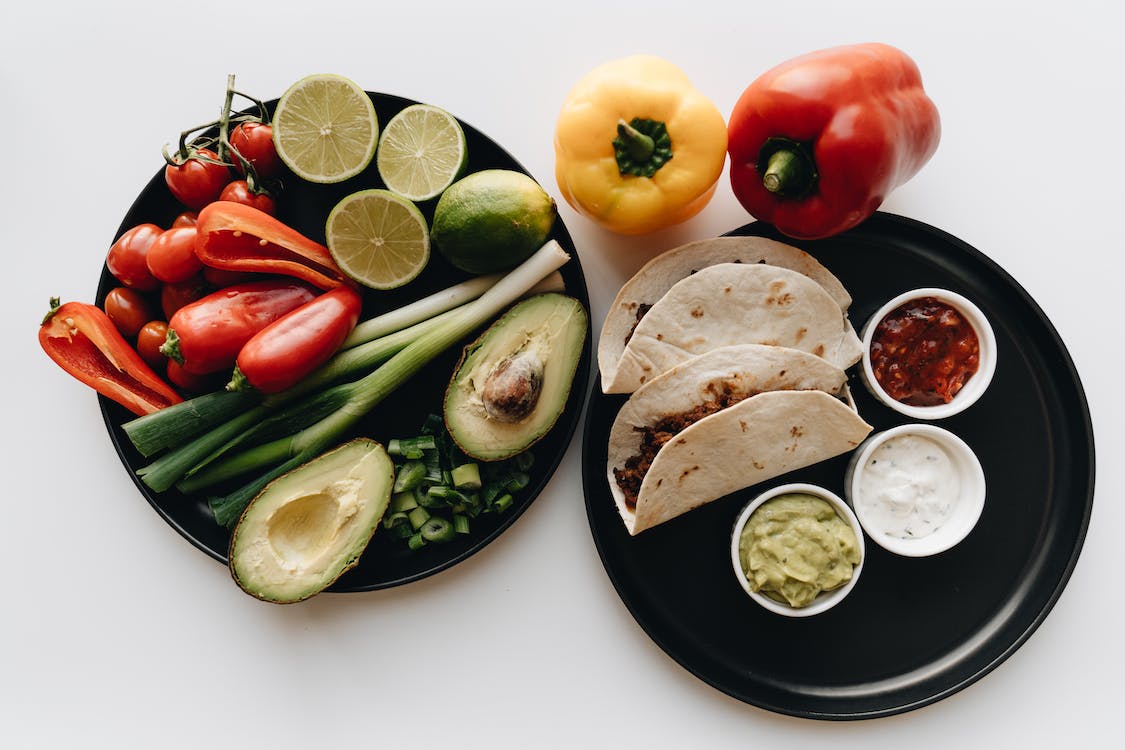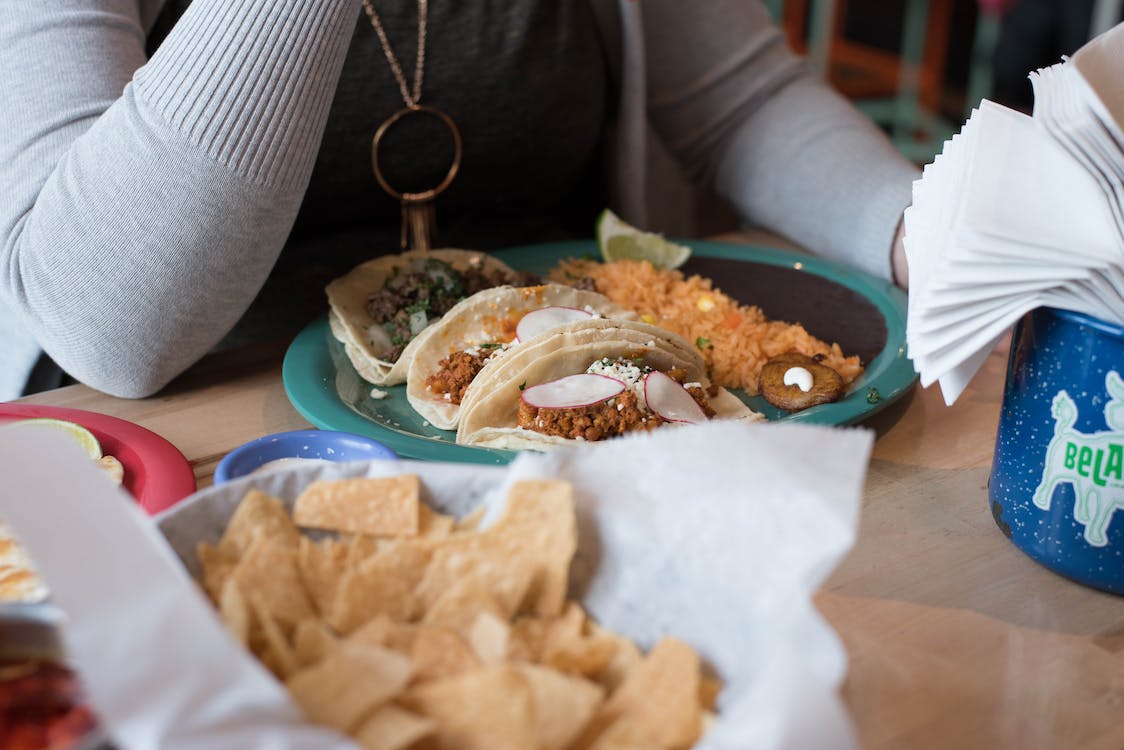How Mexican Food Conquered the World: A Delicious Story of Culture and Cuisine
Did you know that Mexican cuisine is among the most popular in the world? It has consistently stayed in the top 5 according to many online surveys. (source) But what made it win so many people's hearts and taste buds, exactly? In this article, we will explore the history and globalization of Mexican food, and why it matters to us. We’ll also learn about the way different parts of the world put their spin on Mexican food. By the end of this article, you will have a deeper appreciation and understanding of Mexican cuisine.
A Brief History
Mexican Foods, Photo by Ella Olsson on Pexels
Spanish Influence
Let’s travel back to the 1950s. This is a time when Mexico was still under the control of Spain. Then, the Spanish soldier saw how the locals’ diet consisted largely of corn-based dishes with chillies and herbs, which were usually accompanied by beans and tomatoes. The soldiers then combined their imported diet of rice, beef, pork, chicken, wine, garlic and onions with the natives’ diet.
Spanish influences led to the emergence of dishes such as lomo en adobo (pork loin in a spicy sauce), chile rellenos (large, mild-flavoured chillies stuffed with cheese, beef or pork), and the quesadillas or the very popular guacamole, which have been a part of the traditional Mexican food ever since.
French Influence
French Influence of Mexican Cuisine, Photo by Roman Odintsov on Pexels
The Spanish aren’t the only ones who modified Mexican cuisine into what they are today. The French also got their hands on it. It occurred even earlier, which is the 1800s. Back then, President Porfirio Díaz and his kingdom promoted the French style of cooking like sautéing (hot pan cooking with a little fat) and braising (cooking slowly in a pot of hot liquid and simmering it until it is tender) with Mexican ingredients.
Besides the style, they also introduce ingredients such as stocks, butter, creams, cheeses, sauces, and spices to Mexican cuisine. Because of them, we can taste delicious dishes like crepes, chiles rellenos, pollo en salsa blanca, and croissants.
The Spread of Mexican Cuisine
Introduction of Tex-Mex Cuisine, Photo by Morena Vw on Pexels
Let’s travel to the late 19th century, a time when the migration of Mexicans to the United States began. During their migration, the Mexicans brought their culinary traditions with them and adapted them to the American style. One of the most prominent adaptations is Tex-Mex cuisine, which is a combination of Mexican food with Texas ranching culture. Some popular Tex-Mex dishes include fajitas (grilled meat served on a tortilla), chimichangas (deep-fried burritos), and nachos (tortilla chips with various toppings).
|
From there, the spread of Mexican cuisine became worldwide. It was a long process that involved tourism, trade, and immigration. After the United States, Canada got a taste of Mexican cuisine and it became a mainstay. During World War II, American soldiers in Japan mixed rice with ground beef, cheese, and salsa, thus inventing taco rice. In France, their crepes are sometimes filled with Mexican ingredients. And in India, the locals adapted Mexican cuisine to the local taste by mixing native Indian recipes.
Mexican Cuisine as a Cultural & Diplomatic Tool
Let’s go into the present time and see the influence of Mexican cuisine, or more importantly, what Mexico gains from its popularity. Knowing that their food has captured the attention of the world, The government of Mexico utilized it as their diplomacy tool to facilitate dialogue and negotiation on various issues, such as trade, migration, security, and human rights.
The Embassy of Mexico in Italy has leveraged Mexican cuisine as a public diplomacy asset to engage with the Italian audience and pursue partnership goals. Mexican embassies and consulates around the world are using chefs as part of their outreach, to the point that the government has vetted a select few as “gastronomic ambassadors” charged with bringing Mexican flavours to the world.
The Era of Modern Mexican Cuisine
The Era of Modern Mexican Cuisine, Photo by Los Muertos Crew on Pexels
Now we’ve learned how Mexican cuisine has spread across the world, and how different cultures mix with Mexican cuisine. But after all the mixing and matching, what has left of authentic Mexican food? Is there even an authentic Mexican food? Or should we just accept the fact that Mexican cuisine has evolved far from its origin?
Unfortunately, we can’t answer the questions definitively. But we can’t deny the fact that worldwide influence from Europe, Africa, America, and Asia has shaped Mexican cuisine into a rich and varied culinary heritage. Moreover, Mexican food showcases the ingenuity and innovation of Mexican people, who have adapted and transformed their cuisine to suit different contexts and challenges, such as scarcity, migration, globalization, and fusion.
Final Takeaways
By learning about the history of Mexican food, we hope that you will appreciate its historical and cultural value. Mexican cuisine is more than a variety of rich-flavoured dishes. It's also a symbol of the diversity and creativity of Mexican culture and a result of a long history. Sharing Mexican food is not just about satisfying your taste buds, it’s also about understanding other people from different cultural backgrounds. So, the next time you enjoy Mexican food, especially on a special day, expect to gain more cultural knowledge or learn about history.
SUGGESTIONS


